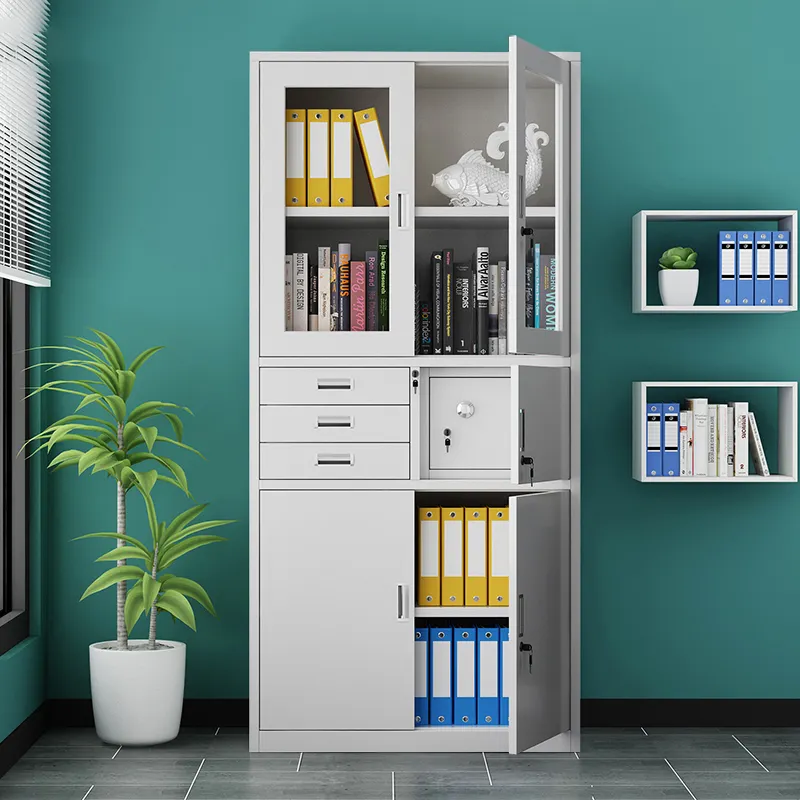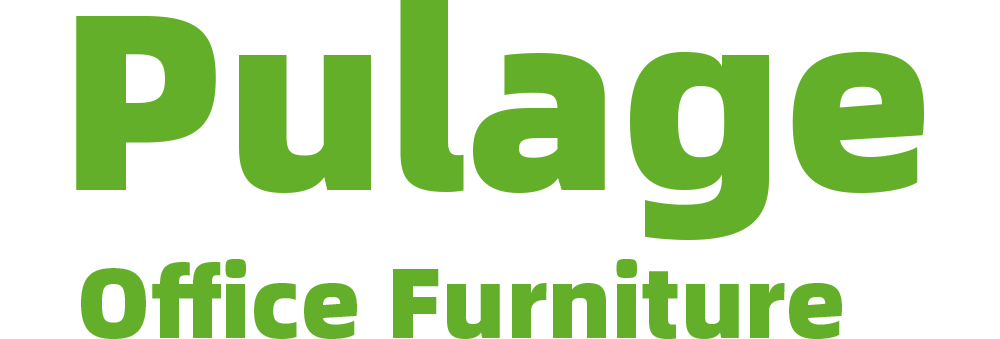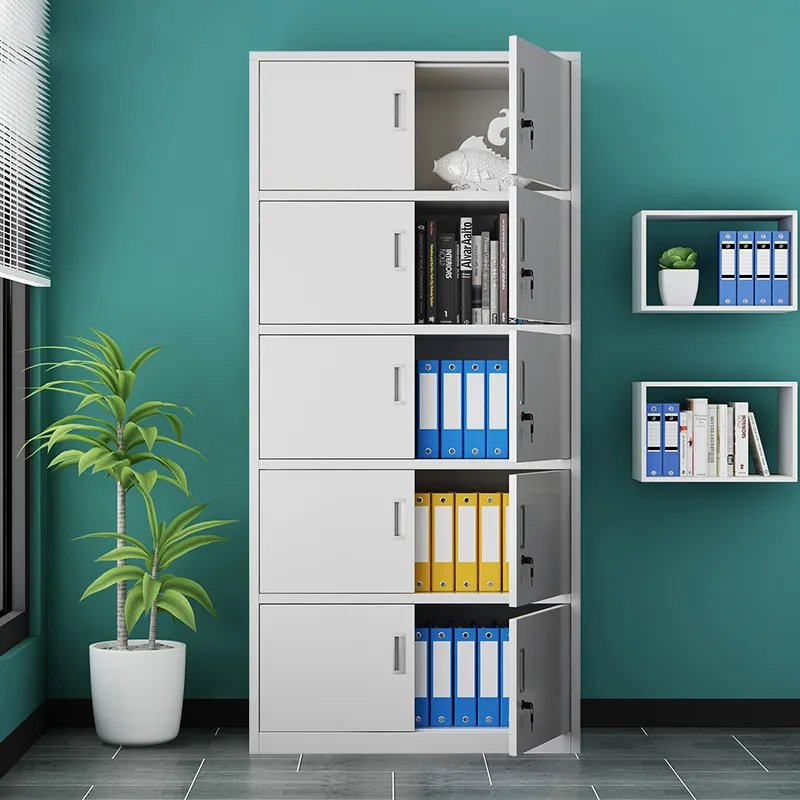The Strategic Advantages of Vertical Storage Solutions
In the modern office environment, efficient space utilization and organized document management are crucial factors for productivity. Vertical filing cabinets have emerged as the preferred choice for businesses and home offices alike, offering distinct advantages over their lateral counterparts. These streamlined storage solutions combine practicality with space efficiency, making them an invaluable asset for any workspace.
Space Optimization and Accessibility
Maximizing Floor Space Efficiency
Vertical filing cabinets excel at maximizing vertical space while minimizing floor footprint. With their upright design, these cabinets typically extend from floor to ceiling, utilizing height rather than width. This configuration allows businesses to store substantial amounts of documents while preserving valuable floor space for other office essentials. In contrast, lateral cabinets spread horizontally, consuming more width and potentially creating cramped walkways.
Enhanced Document Organization
The design of vertical filing cabinets promotes intuitive document organization. Files are arranged front-to-back, making it easier to view and access specific documents quickly. The drawer system allows users to pull files straight toward them, reducing the need for side-reaching movements that can cause strain. This arrangement also facilitates better categorization and sequential filing, essential for maintaining an efficient filing system.
Cost and Economic Benefits
Initial Investment Considerations
When comparing costs, vertical filing cabinets typically present a more economical choice than lateral options. The manufacturing process for vertical cabinets is often more straightforward, resulting in lower production costs that translate to savings for the end user. Additionally, the smaller footprint means businesses can maximize their storage capacity without investing in additional office space.
Long-term Financial Advantages
The durability and maintenance requirements of vertical filing cabinets contribute to their long-term value. These cabinets are designed with fewer moving parts compared to lateral files, potentially reducing repair and replacement costs over time. The vertical orientation also helps protect documents from excessive weight distribution, potentially extending the life of both the cabinet and its contents.

Ergonomic and Safety Features
User-Friendly Operation
Vertical filing cabinets are designed with ergonomics in mind. The pull-out drawer mechanism requires less physical effort compared to the wide drawers of lateral cabinets. Users can access files with a natural forward reach, reducing the risk of awkward twisting movements. The standardized depth also means consistent reach distances, allowing users to develop efficient retrieval routines.
Safety Considerations
Modern vertical filing cabinets come equipped with essential safety features. Anti-tilt mechanisms prevent multiple drawers from opening simultaneously, reducing the risk of cabinet tipping. The narrower drawer width also means less weight per drawer, making them easier to manage and reducing strain during operation. These safety features are particularly valuable in busy office environments where multiple users access files throughout the day.
Customization and Adaptability
Modular Design Benefits
Vertical filing cabinets offer excellent adaptability through their modular design. Units can be stacked or placed side by side to create custom storage configurations that grow with organizational needs. This flexibility allows businesses to expand their storage capacity gradually without major office reorganization. The standardized dimensions of vertical cabinets also make it easier to plan office layouts and accommodate future growth.
Interior Configuration Options
The interior design of vertical filing cabinets supports various customization options. Users can adjust hanging file systems, add dividers, or incorporate specialized folders to meet specific filing needs. This adaptability extends to both letter and legal-size documents, with many models offering convertible features to accommodate different paper sizes.
Maintenance and Longevity
Regular Upkeep Requirements
Maintaining vertical filing cabinets is relatively straightforward. The simple mechanical design means fewer components that could potentially fail or require repair. Regular maintenance typically involves basic lubrication of drawer slides and checking for smooth operation. The vertical orientation also helps prevent dust accumulation on documents, potentially extending the life of stored materials.
Durability Factors
The construction of vertical filing cabinets emphasizes durability. High-quality steel construction and reinforced corners provide excellent structural integrity. The vertical weight distribution helps prevent drawer sagging, a common issue with wider lateral drawers. This robust design translates to longer service life and better protection for stored documents.
Frequently Asked Questions
What is the typical lifespan of a vertical filing cabinet?
A well-maintained vertical filing cabinet can last 15-20 years or more. The durability depends on factors such as construction quality, usage patterns, and regular maintenance. Premium models with high-grade steel construction and quality drawer mechanisms often exceed this average lifespan.
How do vertical filing cabinets compare in storage capacity?
While lateral cabinets may appear to hold more due to their width, vertical filing cabinets often match or exceed their storage capacity when considering floor space efficiency. A standard four-drawer vertical cabinet can typically store 150-200 hanging files while occupying minimal floor space.
Can vertical filing cabinets accommodate different paper sizes?
Most modern vertical filing cabinets are designed to handle both letter and legal-size documents. Many models feature adjustable rails or convertible hanging systems that allow users to switch between different paper sizes as needed. Some premium models even offer customizable drawer configurations for specialized storage requirements.

